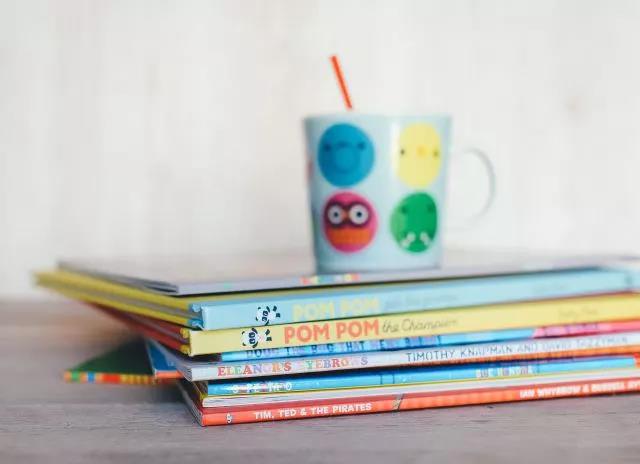托福阅读材料之种菜测试人类能在月球生活吗
2013-12-13 16:28 供稿单位: 新航道
出国英语考试有哪些 雅思6.5是什么水平 雅思阅读评分标准 托福阅读评分标准 雅思和托福的区别
Nasa is to try growing vegetables and herbs on the moon to see if humans could one day live there.
The US space agency plans to send seeds to the moon in 2015 in sealed canisters containing everything that is needed for the seedlings to thrive.
As well as ten seeds each of basil and turnips, there will also be around 100 seeds of Arabidopsis, a small flowering plant related to cabbage and mustard.
On landing, a trigger will release a small reservoir of water inside the canister and a team on Earth will monitor how the seeds germinate when exposed to lunar gravity and radiation.
A group of scientists, students and volunteers - known as the Lunar Plant Growth Habitat team - are behind the project which will see the seedlings photographed at intervals to compare with those planted on earth.
The air in the sealed containers should be adequate for more than 5 days of growth.
A Nasa spokesman said: ‘They can test the lunar environment for us, acting as a canary in a coal mine.
'If we send plants and they thrive, then humans probably can.'
Thriving plants need the same ingredients for life as humans – food, water and air – and also provide psychological comfort for people, demonstrated by the popular greenhouses in Antarctica and the International Space Station.
Nasa plans on sending the seedlings to the moon by hitching a lift on a commercial spacecraft called the Moon Express lander, which is competing to win Google’s Lunar X-Prize in 2015.
Scientists are currently constructing a unit to study the germination of the plants, which will have a mass of just one kilogram and will be deposited on the moon.
Water will be added to the seeds in the module after landing and their growth will be monitored for five to 10 days and compared to Earth-based control seedlings.
Seeds will include Arabidopsis, basil, and turnips and Nasa says the experiment will be the first of its kind on another world and ‘an important first step in the utilisation of plants for human life support’.
Follow-up experiments will improve the technology in the growth module and allow for more extensive plant experiments, the organisation said.
Survival for 14 days demonstrates plants can sprout in the moon’s radiation environment but survival to 60 days demonstrates that sexual reproduction (meiosis) can occur in a lunar environment.
Survival to 180 days shows effects of radiation on dominant and recessive genetic traits and afterwards, the experiment may run for months through multiple generations, increasing science return.
人类未来能否在月球上生活?科学家打算先尝试在月球种菜。据英国《每日邮报》网站12月1日报道,美国国家航空航天局(NASA)决定在2015年去月球上种植蔬菜和草本植物,以此来测试月球是否适合人类生存。
这项月球种菜计划由“月球植物生长栖息地”团队推动促成,该团队里既有科学家,也有学生和志愿者,他们的目的是研究植物暴露在月球的重力与辐射环境下的生长情形。
按照计划,美国国家航空航天局将在2015年通过一艘名为“月球快递登陆艇”的商业太空船把一个特制密封罐送往地球。密封罐里有10粒罗勒种子、10粒萝卜种子和大约100粒拟南芥种子,以及适合这些植物生长5至10天的生长要件,例如包含养分的滤纸、足够植物生长超过5天的空气等。
特制密封罐抵达月球后,一个触发器将被启动、向罐内的植物浇水。与此同时,经由放置于密封罐中的摄像头和传感器,植物的生长过程将被全程记录并传送回地球的研究团队手中,对比植物在地球与月球两地的生长差异。
植物生长所需的成分与人类相似,它们也需要食物、水分和空气,并且还能为人类提供心理慰藉。
此次月球种菜计划可谓“”,如果成功,距离人类在月球上生活,也能够更近一步。若植物成功生长达14天,则意味着植物能在月球环境下发芽;若植物成功生长达60天,则说明植物在月球上能进行有性繁殖;若植物成功生长达180天,则可看出辐射环境对基因的影响。
美国国家航空航天局认为,种子与人类都对外在环境条件具备敏感度,前者有时甚至高于后者。“利用这点,植物便可以替人类测试月球环境。这也是透过植物寻求人类生存问题贡献上的重要步。”该局一位发言人表示,“如果植物能够在月球上生长,人类或许也可以在月球上生活。”

- 新航道,英语成功之道。时间获取新航道英语学习资料和新鲜资讯,请在微信公众账号中搜索「新航道英语」或者「xhdenglish」,或用手机扫描左方二维码,即可获得新航道每日精华内容推送和英语学习经验分享,并参与新航道举办的各项活动。
精彩专题
更多视频荟萃
更多
-
120托福节之李老师:你的托福阅读领路人!
时长:01-18

-
120托福节之冉维:你的托福写作领路人!
时长:01-18
托福预测
更多
-
2017年托福听力考情分析及2018年备考建议
2017 年全年的48 场新托福考试已经落下帷...
- 2017年托福口语考情分析及2018年备考建议
- 2017年托福阅读考情分析及2018年备考建议
- 2017年托福写作考情分析及2018年备考建议(下)
- 2017年托福写作考情分析及2018年备考建议(上)









